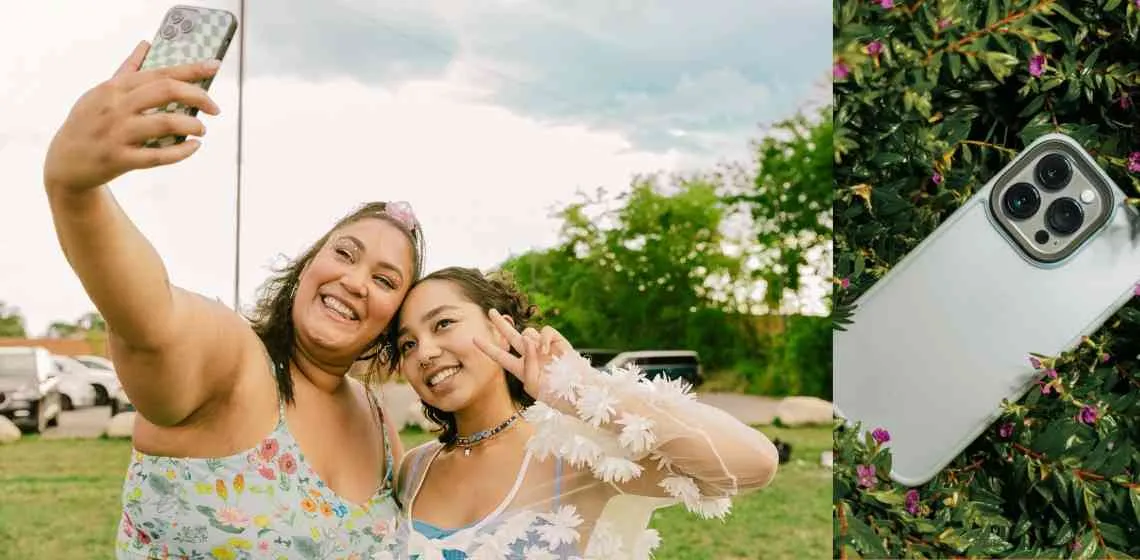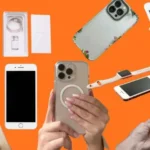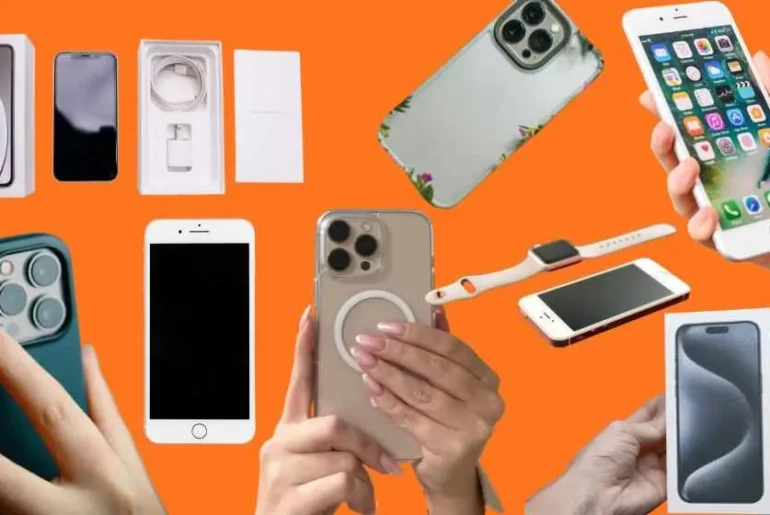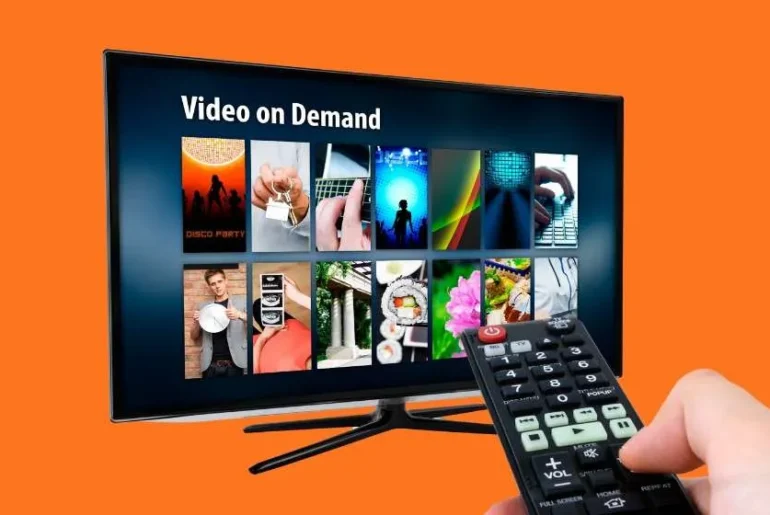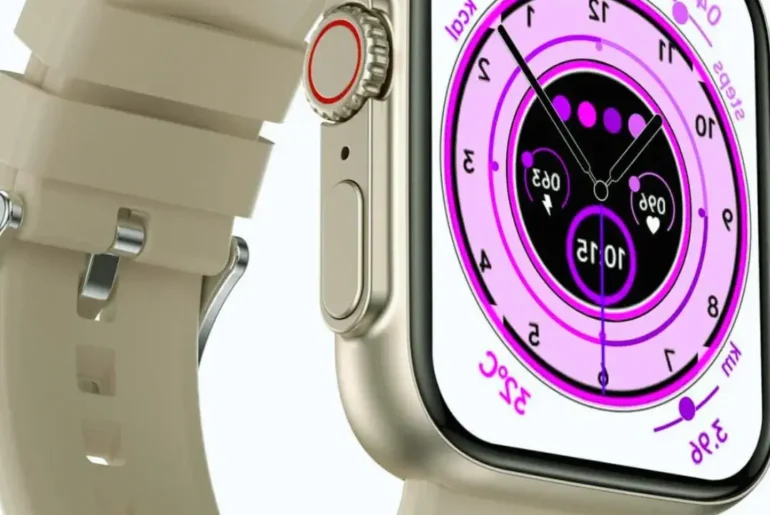Introduction
Apple has always been at the forefront of smartphone photography, but with the upcoming iPhone 17, the company is preparing to completely redefine how we take selfies. This isn’t just a minor camera tweak-it’s a transformation that could ripple through the entire smartphone industry, even impacting Android users. Let’s explore how Apple’s latest innovation will forever change the way we capture moments.
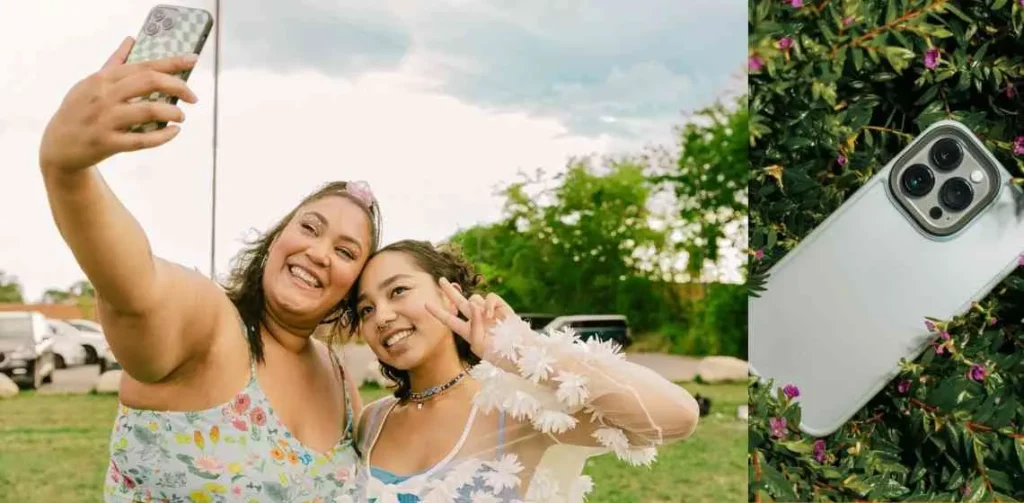
Table of Contents
Apple’s Legacy in Smartphone Photography
Apple has a track record of setting industry standards in mobile photography. From the introduction of Portrait Mode to Night Mode and the Photonic Engine, Apple consistently raises the bar. Each of these features was initially exclusive to iPhones but quickly inspired Android competitors like Samsung, Google, and Xiaomi to follow suit. With the iPhone 17, Apple is once again stepping into new territory-this time, focused on the front-facing camera.
What’s New in the iPhone 17 Selfie Camera
So, what makes the iPhone 17’s selfie camera such a game-changer? Reports suggest
- Resolution: 18 MP front camera
- Aperture: f/1.9 (good for low-light selfies)
- Video Quality: Supports up to 4K video recording at 60 fps
- Features: AI auto-framing, depth control, portrait mode, smart HDR, night mode
- Ultra-Wide Support: Better group selfies without distortion
- 3D & AR Ready: Enhanced for avatars, filters, and AR apps
Together, these features make the iPhone 17 more than just a phone-it becomes a professional-grade selfie tool.
How to Take a Selfie with iPhone 17
Open the Camera App
- Tap the Camera icon on your Home Screen or Control Center.
Switch to the Front Camera
- Tap the camera flip icon (🔄) in the bottom-right corner to activate the selfie lens.
Choose Your Mode
- Photo – for regular selfies.
- Portrait – for blurred backgrounds.
- Video – for selfie videos, vlogs, or calls.
- New iPhone 17 may include AI-enhanced modes for auto-light balance and skin tone correction.
Adjust Settings (Optional)
- Tap the filters, exposure, or lighting effects.
- Use ultra-wide selfie mode if you want a group shot.
Find the Best Angle
- Hold the phone slightly above eye level for a flattering angle.
- Use Natural Light for the clearest results.
Capture the Selfie
- Tap the shutter button (white circle).
- Or use the volume buttons on the side as a shutter.
- Or say “Hey Siri, take a selfie” for hands-free.
Enhance with AI Features (exclusive to iPhone 17)
- The new AI Auto-Framing keeps you centered.
- Background blur or skin smoothing happens automatically.
- No need for third-party editing apps.
Save & Share
- Your selfie will save automatically in the Photos app.
- From there, you can edit, add filters, and share on Instagram, TikTok, or WhatsApp.
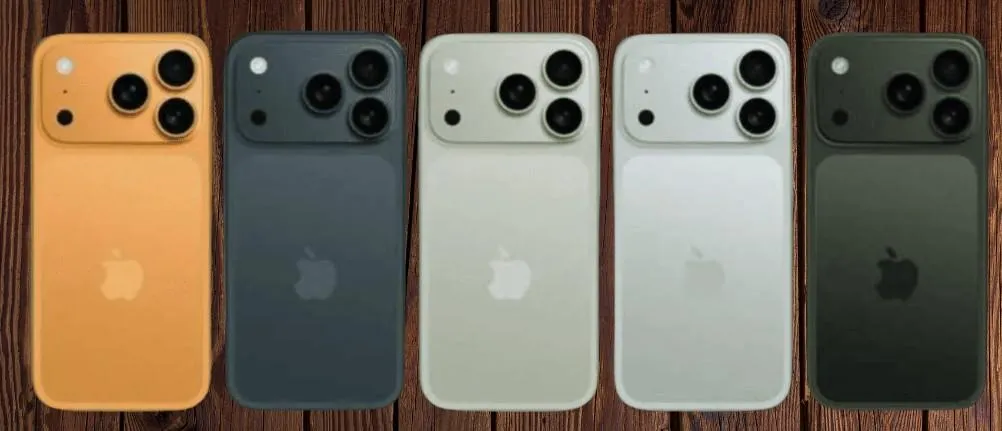
How the iPhone 17 Changes the Way We Take Selfies
Selfies are no longer just quick snapshots; they’re a central part of social media and digital communication. With the iPhone 17
- AI Auto-Framing ensures your face stays centered, even in dynamic group shots.
- Depth adjustments allow instant background blur or sharpness control.
- Enhanced video call quality brings professional clarity to FaceTime, Zoom, and other apps.
- Social media-ready processing makes photos Instagram- and TikTok-ready without editing apps.
This means influencers, vloggers, and everyday users will have a smoother, higher-quality selfie experience.
iPhone 17 Series Feature Comparison
| Feature | iPhone 17 | iPhone 17 Pro | iPhone 17 Pro Max |
|---|---|---|---|
| Display | 6.3″ Super Retina XDR, 120Hz | 6.3″ Super Retina XDR, 120Hz | 6.9″ Super Retina XDR, 120Hz |
| Processor | A19 Chip | A19 Pro Chip | A19 Pro Chip |
| RAM | 6GB | 8GB | 12GB |
| Storage Options | 128GB, 256GB, 512GB | 256GB, 512GB, 1TB, 2TB | 256GB, 512GB, 1TB, 2TB |
| Rear Cameras | Dual 48MP Fusion | Triple 48MP Fusion | Triple 48MP Fusion |
| Telephoto Zoom | 2x optical zoom | 4x optical zoom + 8x digital zoom | 4x optical zoom + 8x digital zoom |
| Front Camera | 18MP Center Stage | 18MP Center Stage | 18MP Center Stage |
| Battery Capacity | ~4,323 mAh | ~4,252 mAh | ~5,088 mAh |
| Battery Life | Up to 20 hours video playback | Up to 22 hours video playback | Up to 37 hours video playback |
| Charging | 20W wired, 15W MagSafe | 30W wired, 15W MagSafe | 40W wired, 15W MagSafe |
| Build & Durability | Aluminum & Ceramic Shield | Heat-forged aluminum & Ceramic Shield | Heat-forged aluminum & Ceramic Shield |
| Cooling System | Standard | Vapor chamber cooling | Vapor chamber cooling |
| Operating System | iOS 26 | iOS 26 | iOS 26 |
| AI Features | Basic AI capabilities | Advanced AI capabilities | Advanced AI capabilities |
| Pro Features | No | Yes (ProRAW, ProRes, Genlock) | Yes (ProRAW, ProRes, Genlock) |
Key Highlights:
- Camera Systems: All models feature a 48MP Fusion rear camera system. The Pro and Pro Max models offer enhanced telephoto zoom capabilities, with the Pro Max supporting up to 8x digital zoom.
- Battery Life: The Pro Max model offers the longest battery life, with up to 37 hours of video playback.
- Performance: The A19 Pro chip in the Pro and Pro Max models provides improved performance and efficiency compared to the standard A19 chip in the iPhone 17.
- Cooling Systems: The Pro and Pro Max models are equipped with a vapor chamber cooling system, ensuring optimal performance during intensive tasks.
- Pro Features: The Pro and Pro Max models support advanced features like ProRAW, ProRes video recording, and Genlock for professional-grade content creation.
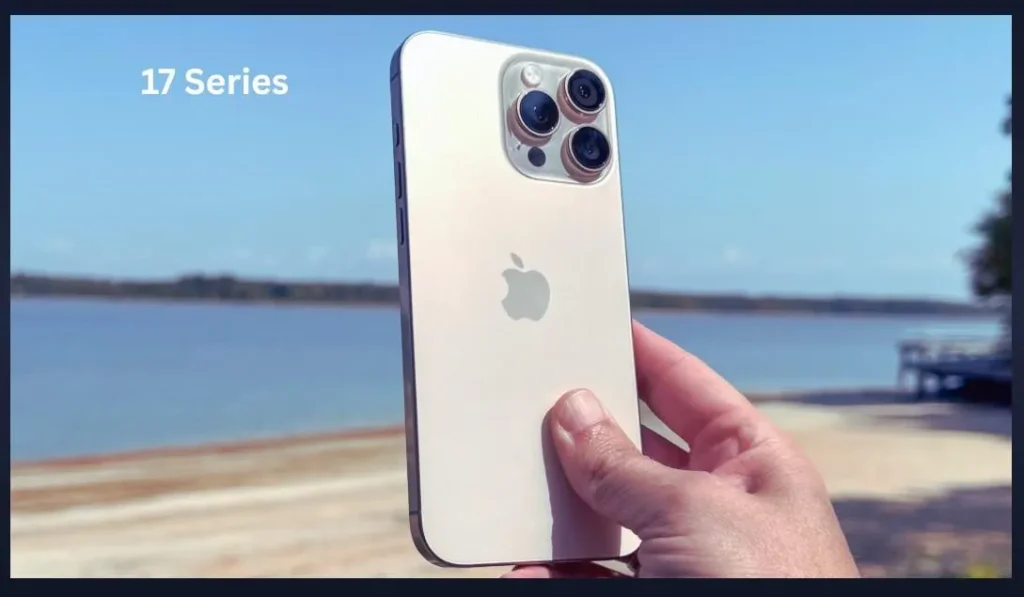
Why Android Users Should Care
Even if you’re not an Apple fan, this matters. History shows that Android manufacturers often adapt Apple’s breakthroughs:
- Face ID – Android’s face unlock systems.
- Portrait Mode – similar features on Samsung and Pixel devices.
- Dynamic Island – punch-hole display features on newer Androids.
It’s only a matter of time before brands like Samsung, Google, and OnePlus bring iPhone 17-inspired selfie upgrades to their own devices. So yes-if you’re an Android user, Apple’s innovation is your future too.
The Bigger Picture: The Future of Selfie Technology
The iPhone 17 could push selfies into entirely new territories:
- AR/VR integration: creating realistic avatars for gaming, social apps, and the metaverse.
- Virtual try-ons: trying clothes, makeup, or accessories in real-time using your selfie camera.
- 3D selfies: more interactive and lifelike, changing how we share moments online.
We’re moving from selfies as mere photos to selfies as immersive experiences.
Pros and Cons of the iPhone 17 Selfie Camera
✅ Pros
- Excellent low-light performance
- Sharper, natural-looking images
- AI automation makes editing almost unnecessary
- Perfect for creators and social media users
❌ Cons
- May rely too heavily on AI (risk of over-processing)
- Likely a high price tag
- Exclusive to premium iPhone models at launch
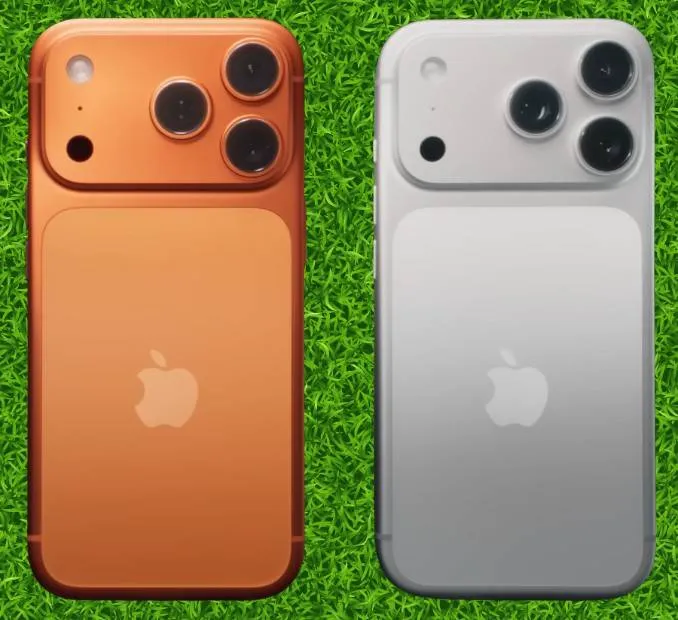
Should You Upgrade to the iPhone 17 for the Selfie Camera?
If selfies, vlogging, or video calls play a big role in your daily life, upgrading to the iPhone 17 could be worth it. Influencers, content creators, and social media enthusiasts will especially benefit. However, if you’re happy with your current phone’s selfies, you may want to wait until Android competitors bring similar features at more affordable prices.
Conclusion
The iPhone 17’s selfie camera isn’t just another incremental update-it’s a leap forward in how we capture and share our lives. Apple is setting a new standard that will eventually reshape Android devices too. Whether you’re holding an iPhone or an Android, one thing is certain: selfies will never be the same again.

